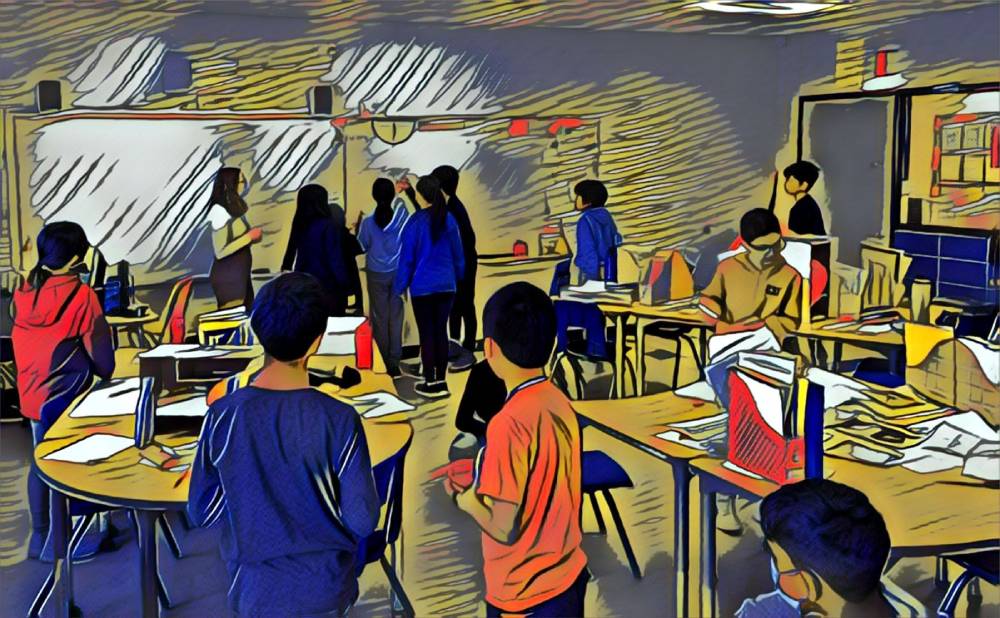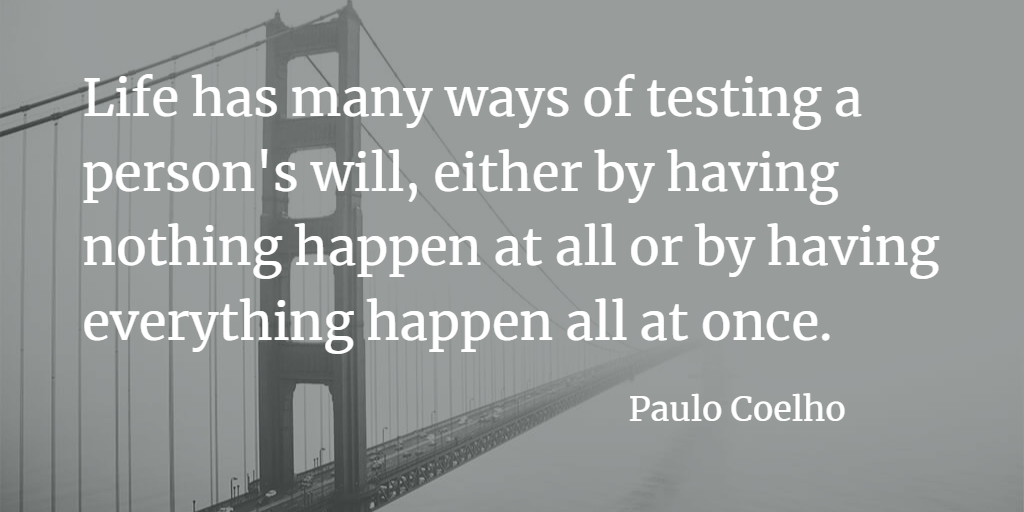There are a lot of privileges and responsibilities when it comes to using our voices as educators. The potential to inspire and aspire to greater things or to cause irreparable harm if and when we do should serve as a reminder of how we use our voices and who might be listening.
Sometimes, there is an urgent need to speak out against injustice. Did I type sometimes? I meant all the time when it comes to injustice, and that need to do so seems to be happening a lot more frequently in our ever connected world where it is now possible to know about everything, everywhere, and all at once.
Maybe it is a bi-product of years on the frontline of interactions with learners, family members, and other educators, but teachers possess powerful voices. It is in our nature to ask questions, seek answers, and to reflect/learn/draw from it all. Whether it comes through uniting with others in the fight against racism, apathy, or injustice or in active allyship with once silenced voices historically left out of important conversations there is a need to speak up.
Some find their voices in virtual spaces via social media posts and reposts? For others, it’s in solidarity through meetings or rallies? Our need to speak up can be triggered through moral dilemmas too. What troubles one soul may not immediately trouble another. When it comes to if, when, where, and why we speak up the results vary. How we speak up has evolved greatly.
As a blogger, I am able to use this space and others to purge my thoughts. Podcasts can also be a strong way to share too and they come with the added layer of hearing the passionate tones of the content creator. Maybe it’s because I am more of a writer now than a broadcaster, but I’m still a fan of the idea and potential of handwritten letters. Letters signify that someone took the time to write, address an envelope, and pay for postage. When written(not typed) they demonstrate a personal touch that is often lacking in an email. Talk about making a commitment to sharing a point of view. There is also an art to it when done correctly, and this is what has captured my thoughts as I plan a mini writing unit.
A single letter to an organization is often considered to represent anywhere from 15 to 20 other people who share the same opinion. So, my students and I are about to embark on a letter writing exercise, and I have to admit that this has me thinking of the possibilities and conversations to come. As I shared in an earlier post, my students tend to be a little quieter than most. Despite their introverted leanings, or because of them, they are pretty strong writers. Hence the idea to write letters.
For me, this unit will focus around supporting students and their needs. I want to make sure the voices (theirs) in our classrooms serve as conversational conduits that can lead others to critically examine the world around them in order to gain a deeper understanding of its numerous and nuanced issues. With our letter writing project, I am hoping students will really discover, develop, and use their voices to deliver their ideas through respectful correspondence that asks questions of their own while addressing the actions of those making the decisions right now.
In advance of all of this, we have been considering the differences between elementary schools and secondary schools. This has ranged from chats about course offerings, extra-curricular opportunities, and facilities. It has also led to the realization that the field is not completely level. Hmm? We have also had discussions around some lighter subjects such as the way no one seems to listen anymore, academic angst, the climate crisis, geo-political strife, and playground life. Regardless of which issue they choose to address, the goal will be to amplify each of the voices in our learning space.
Another way to look at equipping students to use their voices might also be preparing a way for the future voices of others to be heard and or to carry on once our voices are no longer present. Call it strategic succession planning if you will, but learning to speak up is an important skill to share from one generation to the next regardless of the form it takes.



